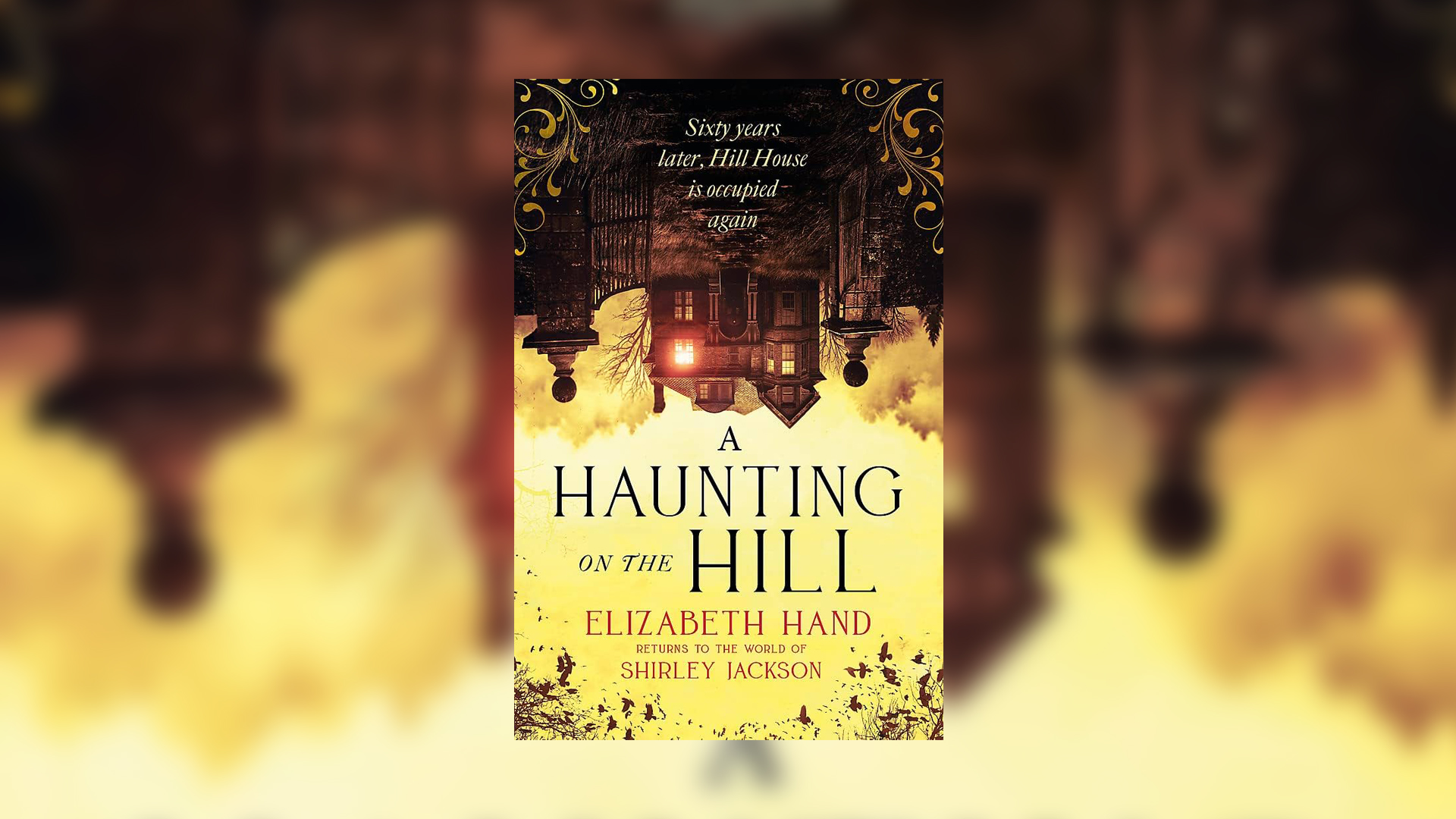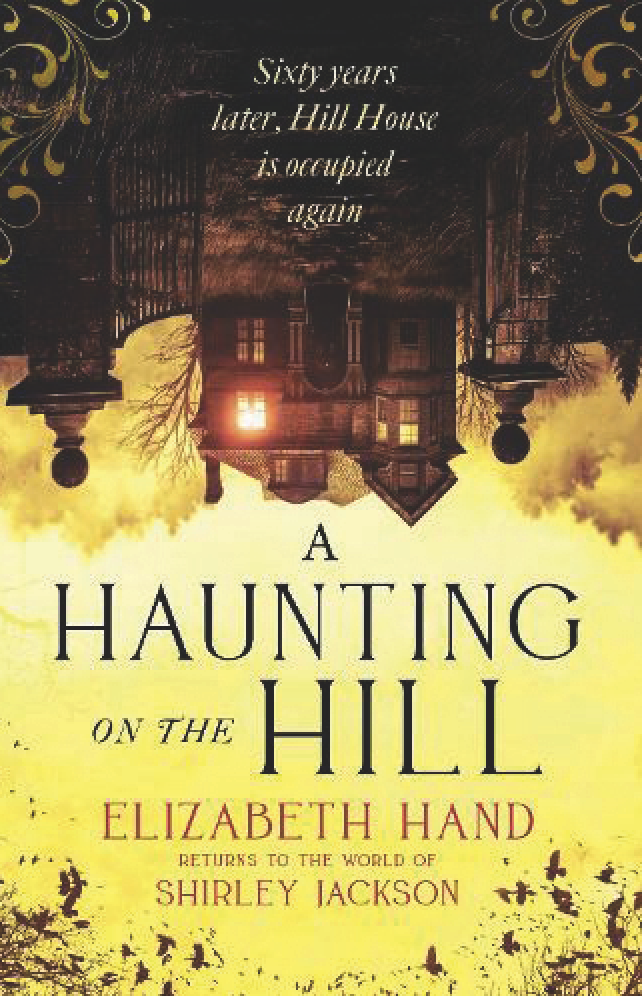Many have tried to return to Hill House, the site of Shirley Jackson’s most chilling novel The Haunting of Hill House. In film and TV, directors and their set designers have attempted to conjure Hill House into existence, but the sentient house that shifts as residents move through it has for the most part evaded capture. So I was sceptical to learn that Elizabeth Hand was penning a return, with the blessing of the Shirley Jackson estate, in her latest novel A Haunting on the Hill.
Get the latest news and insight into how the Big Issue magazine is made by signing up for the Inside Big Issue newsletter
When Holly comes across Hill House, it is long past the grandeur we remember it for. At best, it is now a rental property for city dwellers looking for a rural work-from-home experience; at worst it’s a bloated corpse being left to decay by its reluctant owner. But despite its growing ugliness – always a notable feature in Jackson’s masterpiece – we still cannot help but be enchanted by it.
Holly encourages her theatre peers to live with her in Hill House while developing a play, and our instinct of repulsion towards the house is mirrored by its alluring gothic horrors. The house has been waiting for us, and many readers have been dying to return.
Hand has not attempted to borrow Jackson’s signature voice, and nor should she as any attempt at mimicry would feel grotesque. But she has remained faithful to the world Jackson built, recreating the acute paranoia of each guest as the house infects them all. But not everything in A Haunting on the Hill is borrowed and we are invited to marvel at the new mysteries Hand taunts and teases. Unnerving oddities await all who wish to be reunited with literature’s most infamous piece of architecture.
Billie Walker is a freelance journalist.










